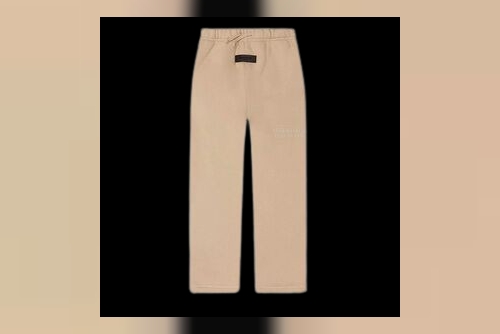Introduction
In the realm of electrical installations, Conduit Accessories play a vital role in ensuring the safety, reliability, and longevity of cable runs. These components provide protection, support, and termination points for electrical conduits, which house and safeguard electrical wires and cables. By selecting and using the appropriate conduit accessories, you can significantly enhance the integrity and performance of your electrical system.
Understanding Conduit Accessories
Conduit accessories are a diverse range of components designed to work in conjunction with electrical conduits. They serve various purposes, including:
Protection: Shielding cables from physical damage, moisture, and other environmental hazards. Support: Providing secure and stable mounting points for conduits. Termination: Creating connection points for cables and devices. Organization: Maintaining a neat and orderly arrangement of cables.Key Types of Conduit Accessories
Bushings: Used to transition between different conduit sizes or connect conduit to other components. Available in various materials, including metal and plastic. Locknuts: Securely fasten conduits to junction boxes, fittings, or other components. Different types include standard locknuts, set screw locknuts, and compression locknuts. Connectors: Join two or more lengths of conduit together. Types include rigid conduit connectors, flexible conduit connectors, and plastic conduit connectors. Fittings: Provide termination points or change the direction of conduits. Common fittings include junction boxes, pull boxes, elbows, and tee fittings. Clamps: Secure conduits to surfaces or support structures. Types include strap clamps, U-clamps, and hidden clamps. Hangers: Support conduits from overhead structures. Include rigid hangers, adjustable hangers, and spring hangers.Selecting the Right Conduit Accessories
Choosing the appropriate conduit accessories is essential for a safe and efficient installation. Consider the following factors:
Conduit Type: The type of conduit being used (rigid, flexible, or plastic) will determine compatible accessories. Cable Size: Ensure the accessories can accommodate the size and type of cables being used. Installation Environment: The location and conditions of the installation will influence the choice of accessories. Code Compliance: Adhere to local electrical codes and standards for safety and regulatory compliance. Quality: Invest in high-quality accessories from reputable manufacturers to ensure durability and reliability.Best Practices for Conduit Accessory Installation
Proper Preparation: Ensure that the conduit is clean and free of debris before installing accessories. Secure Connections: Tighten all connections, such as locknuts and clamps, to prevent loosening. Grounding: Ground all metal conduit accessories according to electrical codes to ensure safety. Accessibility: Consider future maintenance needs when planning the installation and placement of accessories. Inspection: Regularly inspect the installed conduit accessories to identify any signs of wear or damage.Benefits of Using Conduit Accessories
Enhanced Safety: Protect cables from physical damage, reducing the risk of electrical hazards. Improved Reliability: Ensure a secure and stable installation, minimizing downtime and disruptions. Code Compliance: Adhere to electrical regulations, avoiding potential penalties and legal issues. Organized Appearance: Maintain a neat and professional cable management system. Long-Term Cost Savings: Prevent costly repairs and replacements by investing in quality accessories.Conclusion
Conduit accessories are indispensable components in electrical installations, providing essential protection, support, and organization for cables. By selecting and using the appropriate accessories, you can significantly enhance the safety, reliability, and overall performance of your electrical system. By following the guidelines outlined in this guide, you can ensure that your cable runs are well-protected and meet the highest standards of electrical safety.












